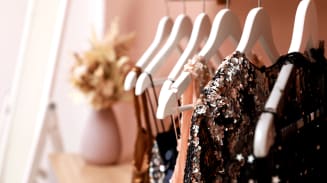Develop Reputational Risk Modeling to Prevent Potential Damage
Of course, if a luxury brand gets any of these elements wrong, they can contribute to further reputational issues. Aon has invested in proprietary modeling capabilities to identify how several defined risk events — ranging from a cyber-attack to fires, explosions, financial irregularities, or governance and business practices — can dramatically impact shareholder value. Once businesses have developed their own register around reputational risk, modeling can help interpret that organization’s reputational risk profile and how it would react to certain scenarios. Then the business can determine which strategies to put in place to maintain a strong brand. Leveraging technology in an effort against counterfeiting, as seen in the partnership between Chloé and Vestiaire Collective, is testimony to the value of proactively taking measures to prevent potential reputational damage.1
Designing a Sustainable Future With Data and Analytics
This plays back to the importance of data in managing volatility. Many businesses are still not applying the kind of analytics that are essential. For any luxury goods brand, analytics will not only help them understand their risk profile, but also optimize their risk management approach, including how much insurance they need to buy and how much risk they can retain.
Want to learn more about the latest key trends and issues impacting the luxury goods industry? Download our Designing a Sustainable Future for the Fashion and Luxury Goods Industry paper.











































































































